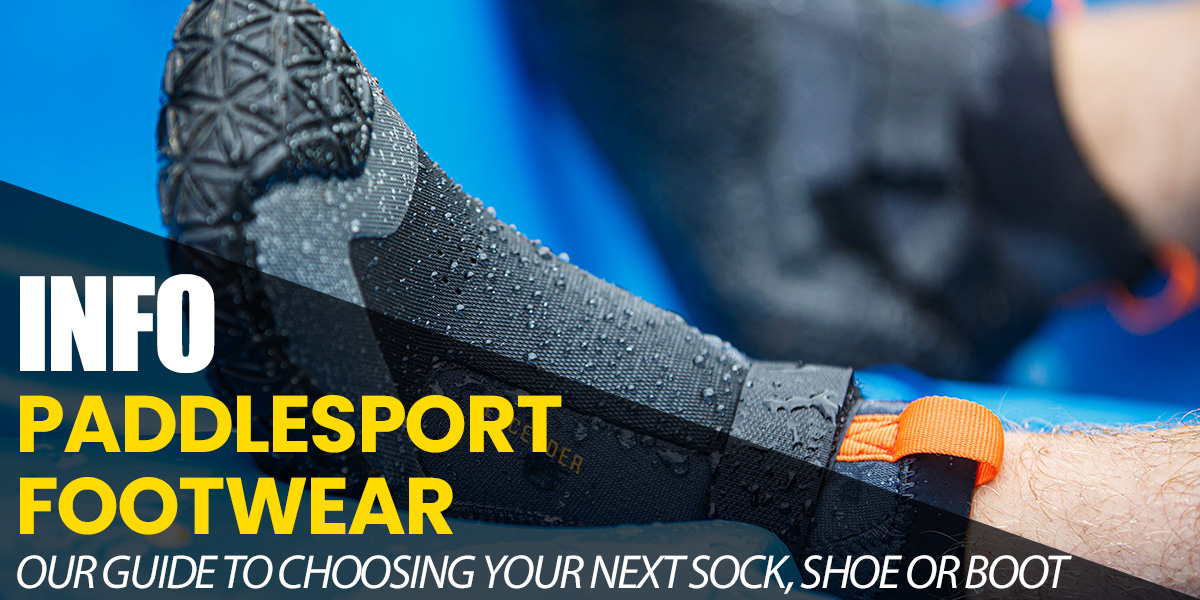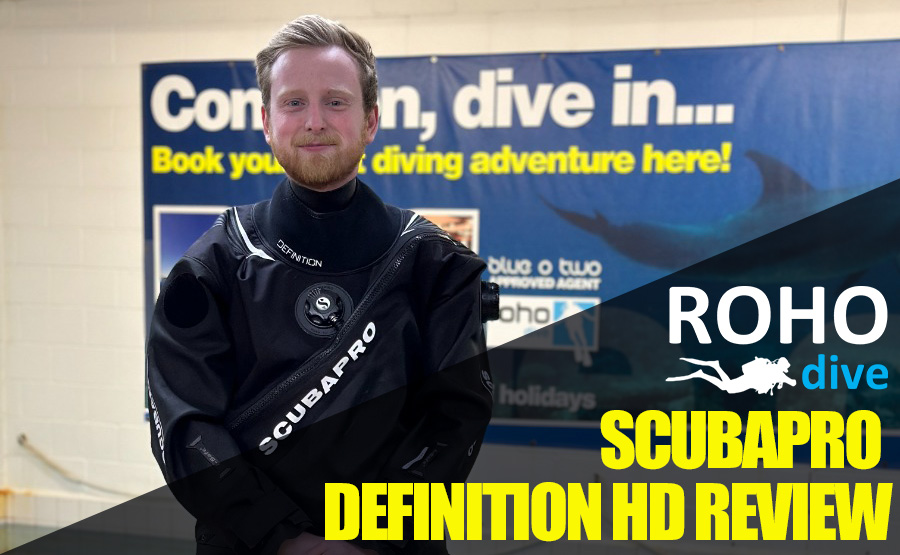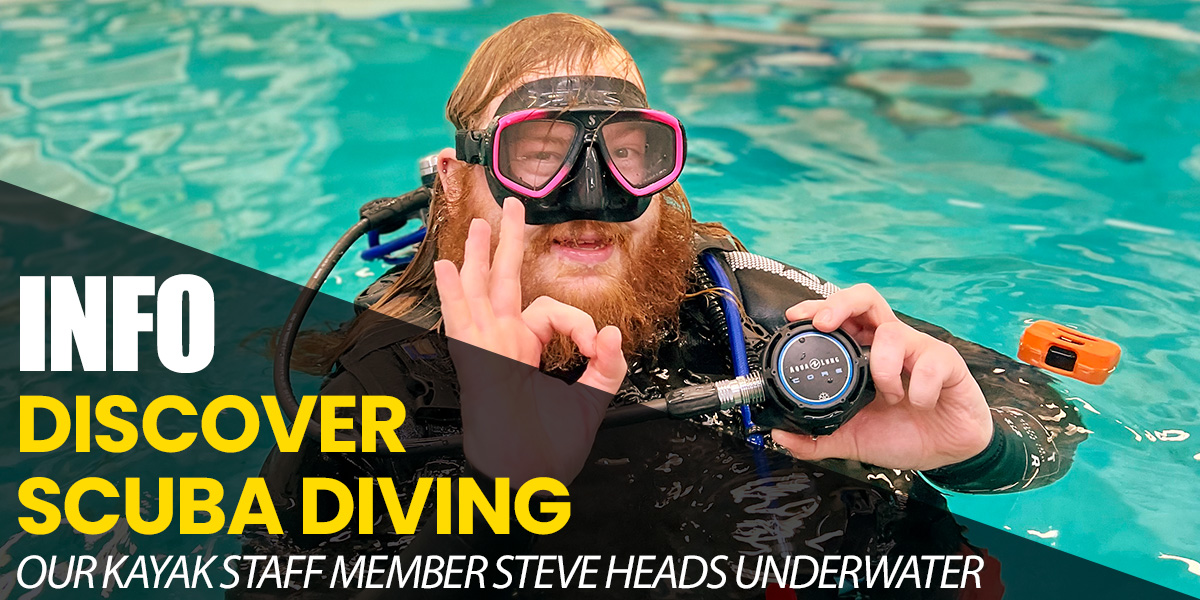A dive computer allows divers to safely extend their time in the water by constantly adjusting their calculations based on your actual depth rather than the maximum depth reached during the dive. They are considered essential equipment by most dive resorts/centre’s around the world and should be one of the first pieces of kit you consider buying. Dive computers have been around since the 1980’s and have been revolutionising the way we dive as they have become more readily available over the years. Before the computer, divers would calculate their dive times based on the maximum depth reached during the dive. This would mean even if most of the dive was spent at 20m, the diver would have to calculate their dive time on the maximum depth reached of 30m, for example. Multi -level diving was possible using things like the PADI wheel etc but was time consuming and added further complications to dive plans. Dive computers basically work by constantly calculating your decompression limits throughout your dive at your actual depth meaning you get a more realistic and much longer dive time.

Simply speaking the computer uses a depth sensor and a timer to calculate how quickly your body absorbs and releases gases by using a mathematical algorithm. By monitoring your depth and time at regular intervals during your dive your computer can constantly re calculate your no decompression limits and adjust them according to your current depth. The Algorithms dive computers use come in various forms, such as the RGBM, Pelagic Z+ and Pelagic DSAT just to name a few. Each algorithm will give different results as some are more conservative than others or use a different decompression theory. Because of this it is generally advised if you dive as a regular buddy pair make sure you both use computers with the same algorithms so you both get similar dive times. Obviously, your dive times are never going to be identical as you will both be constantly at different depths to each other but by both using the same algorithms there should only be a minute or two between your NDL’s and save one having to prematurely end their dive as their buddy has already reached their NDL. A simple way of doing this is to buy the same brand as each other.

Computers themselves come in several forms and the first 2 groups to look at are stand-alone computers or watch style computers. Watch style computers are as their name suggest a wrist watch as well as being a dive computer. They are generally larger than your standard wrist watch but a lot smaller than the stand-alone computers. This makes them the ideal choice for the traveling diver as you only need to put it on your wrist and you have a watch and a computer with you at all times. The 2 main draw backs to the watch style computer are the screen size and battery life. As they are a lot more compact than their stand-alone counterparts, the screens tend to be smaller meaning for some people they can be harder to read. This is very important to check as you really don’t want to be underwater with a screen your struggling to read. With the batteries, as with the stand-alone models, it varies massively on how much diving you do but with watch style computers they are constantly on working as a watch too so the battery life can be a lot shorter.
The next thing you need to look at is the screen and display, basically how the computer lays out the information you need to see during your dive. There are 3 main types of displays out there; Simple segmented displays just like your digital watch, fine for simple displays but difficult to display complicated information. Dot Matrix screens, which have a lot of smaller segments allowing the computer to display more complicated information. Then there’s the more modern computers which have full colour screens with far greater detail and allow information on the screen to be colour coded as to its importance. The most important thing with the screen is you find it clear to read and understand. If you wear glasses to read then one of computers with a larger or colour screen would be a better option for you. The main draw back to the colour screen computers is the expense and battery life. For this reason, they tend to only be on the top of the line computers and come with rechargeable batteries which will generally last a few days diving, depending on how bright you run the screen. Chances are your first computer will be a digital screen of some description, so the most important thing to look at is how the computer lays out the information during a dive and pick the one you find the easiest to follow. Just remember the information you will primarily be looking at during a dive is Depth, Time and No decompression Limit. Each computer will display other information too including max depth reached, temperature, gas supply (if integrated) and various other information during a dive. Some people like to see as much info as possible and some people like to see the bare minimum, so make sure your computer display suits you.

You will find computers come with a whole host of features, some of these you will find useful and some you won’t use until your diving knowledge and skills expand.
- Nitrox is pretty much standard nowadays on all computers, the main difference’s will be the percentage of oxygen you will be able to set them to and the number of gas’s you can program in. If this is your first computer, having the ability to program in multiple nitrox mixes won’t be something that really worries you now but if in the future you get into decompression diving this will allow you to switch gas mixtures underwater to accelerate your deco.
- Backlights are a feature a lot of computers have and obviously allow you to light up the screen in darker conditions to increase the visibility of the screen. Again, a feature some people will never use, as if your night diving for example, you’ll have a torch with you. However, if you wear glasses for reading the backlight can help you a lot with the clarity of the screen.
- User replaceable batteries. This is a very useful feature as you can guarantee it won’t be sitting in your drawer at home when the battery packs in but on that weeks long liveaboard. Most dive computers use the button style batteries which are easy to carry as spares and quick and easy to change with the use of a coin or tool supplied with the computer.
- Some computers will come with a built in electronic compass. The easier to use versions of these tend to be on the higher range, colour screen computers. The Dot matrix screen versions tend to only give you very basic information and are limited in their use. Having the compass built into your computer means one less item to carry on your wrist or console.
- Various modes including SCUBA, Freediving and Gauge. Scuba is obviously the mode the majority of us will use the most but if your interests expand to pushing your limits at freediving then your computer will be able to come with you. Or if your interests expand to more technical diving then you can switch your computer to gauge mode and use it as a bottom timer to follow pre-determined dive profiles.
- Conservatism settings. Some computers will allow you to change the conservatism in the algorithms they use to allow you to adjust them to your experience, age and physical conditioning
- Download capability, some computers will link to your pc/mac in some way to allow you do download your dive data to your digital logbook, meaning you will never miss logging your dives (provided you remember to download them)
Obviously, computers will do a lot more than listed above but these are a few good features for you to look out for when comparing computers or finding the computer to best suit your needs.

One feature we haven’t spoken about yet is the integrated air transmitter. This is basically a transmitter you fit to your regulators 1st stage and it transmits your tank pressure to your dive computer. Not all computers work with transmitters so if this is something you’re interested in you will have to make sure the computer your looking at is compatible. Having a transmitter has several advantages. Firstly, it means you only have to look at the one gauge and you can see all the information you need; Depth, Time, NDL and Air supply. The other advantage is as your breathing through your air supply, the computer will calculate your time remaining on your air supply. This means your computer can now tell you how long you can stay under water at your current depth and air consumption. This can however have a negative effect on new divers. You will find when you first start out one of your biggest concerns is your air consumption and unfortunately the more you think about it the worse it generally gets. This means every time you look at your computer you get reminded of your air consumption, which for some people when their starting out can cause them to over think their breathing and make their air consumption worse. For this reason, we recommend if you find this is causing you a problem just store the transmitter away until your more comfortable in the water, as the computer will work just fine without it. Then once you’re more comfortable in the water and your abilities, you can add the transmitter back onto your setup then.

The way you control the computer is important too as the easier you can navigate yourself around the menus the more features you will use and the less time you will spend reading through the manual. Some computers come with single buttons which work on short or long presses. Other computers will have 2,3 or 4 buttons which make navigating function menus potentially easier but again this comes down to user preference. Some computers now come with built in Bluetooth which means you can link your dive computer directly to your smart phone etc and control all the functions from your phone when you’re on land.
The biggest concern with computers though, like anything, is cost. When your starting out and the diving bug has taken over you will suddenly find yourself faced with several potentially expensive purchases in your near future. So, with the computer, if like most of us you’re on a fixed budget a good price range to start out in is the £180-£220 sort of range. This will include computers like Mares Puck Pro+, Aqualung i300c and Scubapro Sport Matrix. All these are perfect choices for the new diver and will comfortably keep up with you throughout your recreational diving career and have the ability to do some more technical stuff too. However, like most of us at some point the lure of the nice colour screen rechargeable computer will be too much. Once you finally take the plunge and buy a nice top of the line computer your basic model that has hopefully given you many hours of service will become the perfect backup computer.
Just remember, no matter which computer you buy, READ THE MANUAL.














